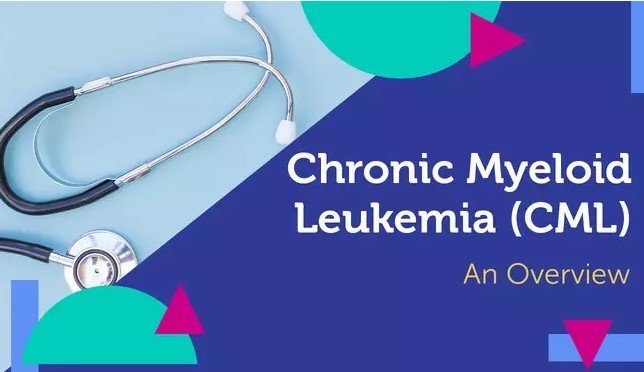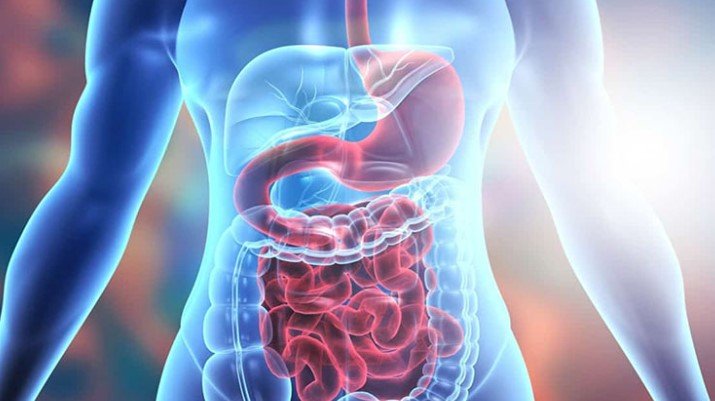What are the signs and symptoms of breast cancer?

There are some adequate signs and symptoms that can be early visible on your breasts. You need to properly investigate identifying the early signs that are visible as a red signal. We're going to find out those warning bells in this blog. We'll explain the symptoms and signs to help identify breast cancer, so you can look up an early diagnosis process to heal fast.
Lack of breast care and several other causes lead to the rapid growth of breast tissue cells drastically. Some of the early symptoms include redness, swelling, rashes, dimpling, and thickening of breasts. However, other symptoms may include ulcer, scaling, change, and discharge through nipples.
Taking good care of your breasts is essential and you've to deal with your breasts throughout your life. Breast pain during breastfeeding is normal, but many females have trouble breastfeeding if they develop slacker boobs or one breast not producing milk case. Examining your breasts is okay like you discover saggy breasts after breastfeeding and go for a breast screening.
Signs And Symptoms Of Breast Cancer
Most females discover early symptoms in their daily activities like during the shower, taking care of the breasts, or examining the overall breast health. A lump on the breasts, redness, itchiness, and swelling are a few irritating signs that can be easily seen upfront. Let's dive in one by one over the early symptoms and signs of breast cancer.

1. Breasts Lumps
One of the most comprehensive signs of breast cancer is the lumps that form on some parts of the breasts. However, breast lumps are quite common in nursing women, who are facing pain after breastfeeding a newborn. Generally, it is called a cyst, which can be developed for multiple reasons on your breasts.
If your breasts are not incorporating breastfeed a baby, then this should be taken seriously. Check with the below symptoms:
- Your breasts are gone under fibrocystic condition because the cyst is filled with water or fluid.
- Cancer lumps are painless, so press or squeeze your breasts lumps for pain.
- Breast lumps must be in irregular size.
- Breast lumps should be tender, soft, and edgy.
- A lump formation under the armpit is also cautious.
2. Changes In Breast Appearance
Changes in the breasts' appearance are, however, natural in the life cycle, as breasts keep developing just like any other part of your body. It could be due to weight gain, menstrual cycle, menopause, pregnancy, breastfeeding, and hormonal changes in the body. Besides, the development of cancer cells also participates in the changes in breasts' appearance. These warning bells have regular symptoms, which you can see as
- Swelling on your breasts
- Dimpling or an inflammatory breast cancer
- Breasts skin turning flake, dry, and thick
- Sudden changes in the breast's color that won't go away
- Unnatural growth in size and shapes of your breasts.
- A lump or cyst formed on your breast, which is soft and doesn't hurt.
The best way to cure breast cancer is to keep yourself away from this disease. You can accomplish this by following certain rules and regulations evolving to your lifestyle.

3. Sudden Change In The Nipples
The signs and symptoms of breast cancer also affect your nipples. Nipple changes that include symptoms of breast cancer are as follows:
Inwards Nipples
The inward change in the nipple can happen naturally to your breasts. The inward nipples and inverted nipples should be early screened by a healthcare professional.
Changes In Nipple Region
A solid change in the nipple region can be an early sign of cancer. Skin changes like cracks, dryness, redness, or crustiness could be early symptoms.
Discharging Nipples
An irregular fluid discharge like blood from the nipples other than milk is not common but it indicates you should go for breast screening. It could be due to several reasons like consumption of birth control pills, meditations, and bacterial infections.
Preventive Measures For Breasts Cancer
Prevention is better than cure, knowing the fact. We can develop a healthy lifestyle routine, which helps us to prevent breast cancer or lower the risks. Preventive measures as such:
- Say no to alcohol.
- Perform regular exercises.
- Maintain a healthy weight.
- Breastfeeding your baby for a min. 6 months to 12 months is a must.
- Discuss with the healthcare provider about changes in hormones or any difficulties.
- Never miss regular check-ups and screening, whenever it is required.
- Intake healthy food and follow a healthy lifestyle routine.
If you follow these preventive measures then higher the chances you will not face difficulties with the signs and symptoms of breast cancer at any stage of your life.

Expert Notes
Most of you are eager to know the early signs and symptoms of breast cancer. You must be thinking about the early signs you're going to discover and detect with your breasts. I tell you this, the early signs could be rashes, redness, swelling, or anything that could be related to general injuries we often mistake in day-to-day lifestyle activities.
FAQs: What Are The Breast Cancer Symptoms
1. What is breast cancer, and how to get away from it?
Ans: A cyst or a tender lump formed on the breast is called breast cancer cells, which are responsible for breast cancer disease. It is the second leading cause of death in the United States and 1st in New York State.
Regular check-ups, regular screenings, self-breast examinations, and early diagnosis is the best way to get away from this disease.
2. Is dairy milk related to a higher risk of breast cancer?
Ans: The US dietary guidelines suggest that females in the United States shouldn't consume more than 3 cups of dairy milk or milk products altogether. There are a few cases where higher consumption of dairy products leads to breast cancer. However, a recent survey performed in the US stated that dairy milk has risks of breast cancer.
3. Tell us the top factors for breast cancer to help us protect.
Ans: Giving the definition of the cause of breast cancer is not possible, there are no precise sources of information available to help identify breast cancer. However, some of the commonly known factors responsible for breast cancer are as follows:
- Aging
- Excess use of alcohol and smoking
- Delay in pregnancy
- Early menstrual cycle
- Historical records of infected family members
- Radiation
- Birth control pills













